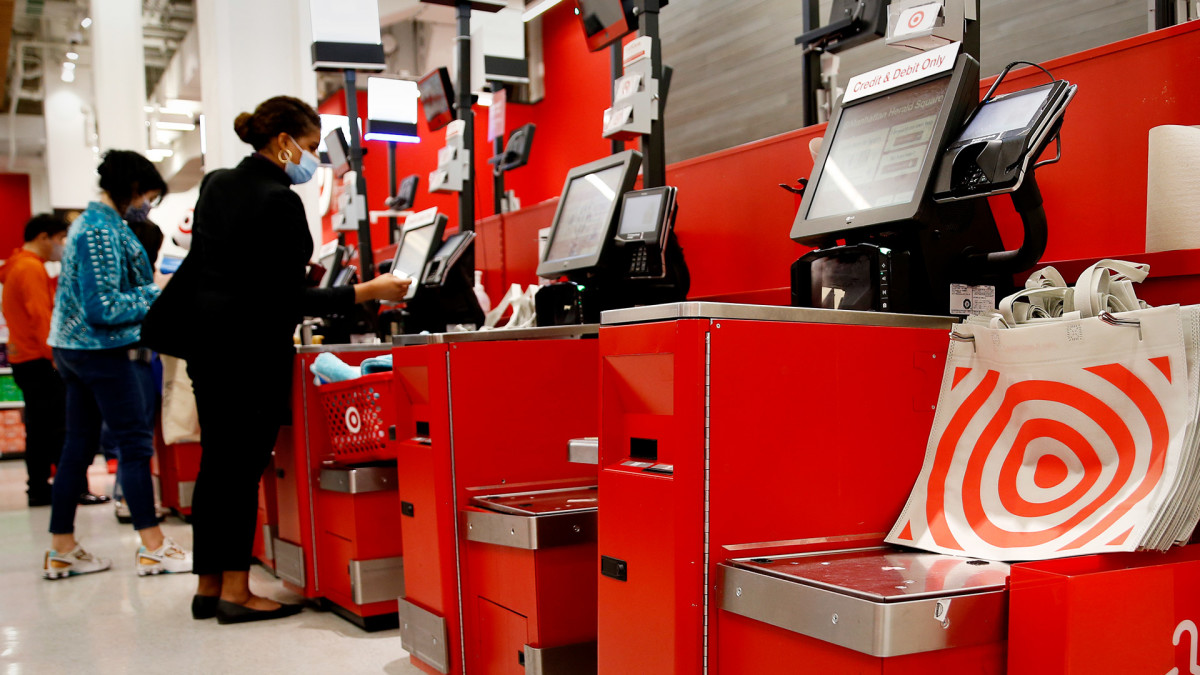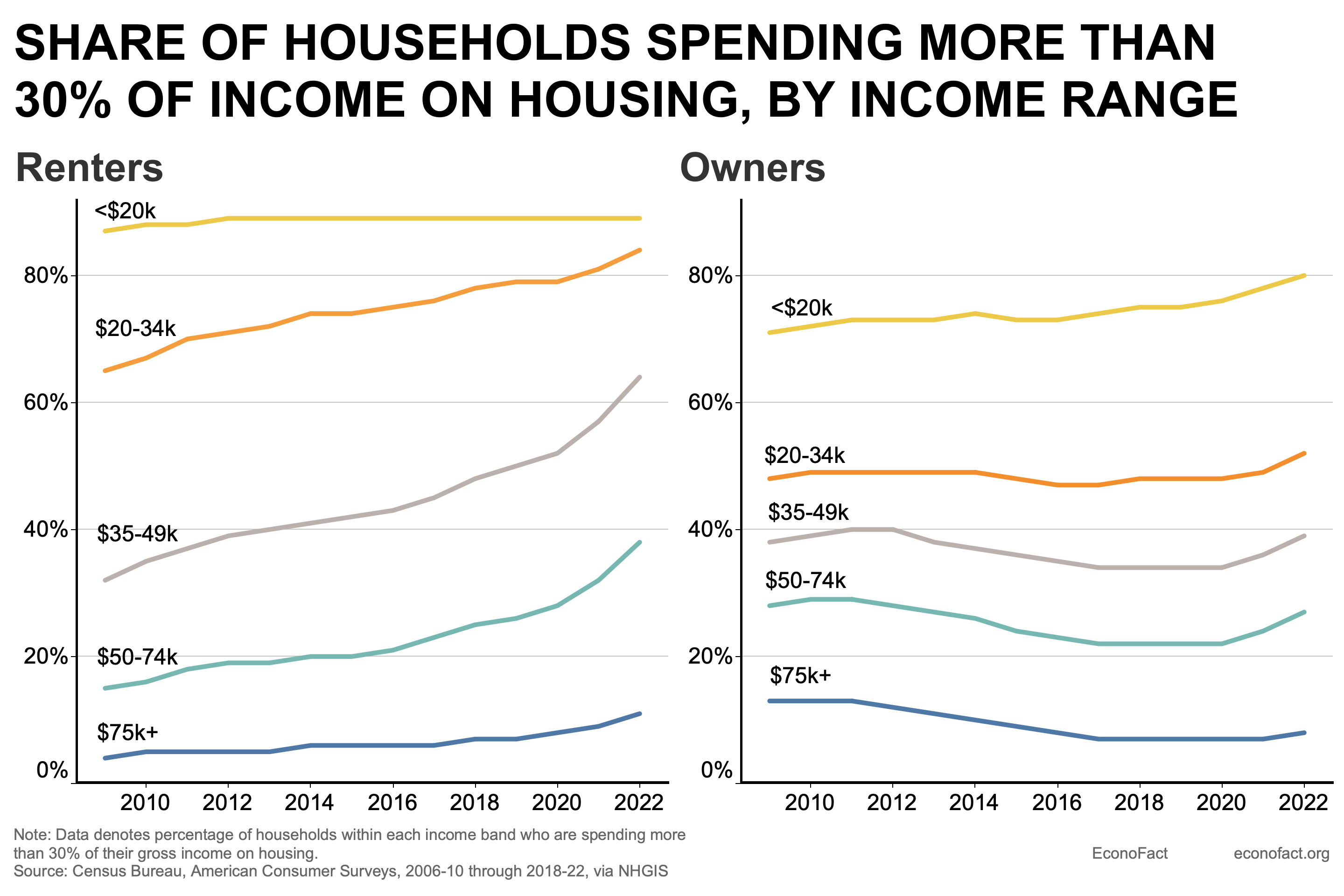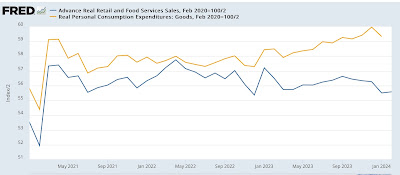Uncategorized
Abortion: under-18s pushed towards in-person appointments but evidence shows remote consultations can be better option
Our research suggests that remote consultations can offer appropriate safeguarding and improve access to abortion.

Telemedical abortion – the home use of abortion pills following remote consultation by phone or video call with a healthcare professional – has made abortion more accessible in England and Wales. Research has shown that it is safe and effective, as well as an acceptable option for people seeking an abortion.
After being introduced temporarily during the pandemic, telemedical abortion became permanently lawful in England and Wales in 2022.
However, guidance from the Royal College of Paediatrics and Child Health has encouraged abortion providers to limit young people’s access to telemedicine on the grounds of safeguarding. Our research suggests that this recommendation may be misguided.
In its guidelines, the Royal College recommends that young people should be encouraged to attend clinics in person. They recommend that 13-to-15-year-olds should have in-person care unless there is a compelling reason not to, and that any abortion-seeker under 13 must be seen in person.
This guidance assumes that in-person care is the only way to effectively protect young people and that providers may struggle to ensure the safety and welfare of people needing abortion care if not seeing them in person.
In 2022, we interviewed 20 abortion-care providers to understand their experiences of safeguarding when providing telemedical abortion care, and their confidence in doing so. Our study aimed to ask about protecting adults but the abortion care providers we spoke with discussed under-18s as well.
Improved Access
Healthcare professionals told us that telemedicine had made abortion more accessible for young people, especially those with limited resources. People frequently need to travel some distance to clinics, which can be expensive and tricky for young people who may well be without their own transport. Where appointments are in person, a young person will have to miss a day of school or college, which can be complicated to arrange. One participant said:
Trying to get teenagers to an 8 o’clock appointment, where they’ve got to travel to, it isn’t an easy thing to do, particularly if they’re a really vulnerable young person. They might be living in a hostel, they might not be having any parental support at home. They might have no money. If they miss school it might get them into a huge amount of trouble.
When young people need an abortion, it is important to ensure that they can access timely and safe care. Telemedicine has improved this access. Ultimately, improving access to care also improves safety because it guarantees that the young person has contact with people who can support them.

Healthcare professionals also told us they tailor safeguarding conversations to young people. Interviewees described how they have individualised conversations with adults and young people to create a safe space to discuss welfare concerns.
The professionals we talked to told us that the nature of the potential risks when a young person seeks abortion vary from case to case. They explained that it is important that all under-18s are not treated the same because they are a diverse group. The kinds of conversations that should be had will always depend on the person seeking abortion care.
Focus on young people
The care providers we spoke with told us young people are comfortable and confident with remote communication using technology. They explained how under-18s feel comfortable accessing care in their own environment, and that some would find talking to healthcare professionals about their safety and welfare more intimidating in a clinic. One said:
[I]n general, it is much easier to build a quick rapport, because you can be just a little bit more open and just immediately friendly. Again, everyone’s always walking into an abortion clinic expecting the worst and expecting to be judged […] I think that’s especially the case for young people. You know, at least older adults will already have had experience of a GP’s surgery and know that people aren’t monsters and so on. But for a teenager, it’s much, much harder. And she may well be fearing what any adult will bring, let alone one who has power over her.
Importantly, having consultations remotely may enable providers to gain more information because of the online interaction. For example, one spoke about being able to see the conditions the young person was living in.
Our study shows that abortion-care professionals have had good experiences of safeguarding young people when communicating remotely. The study also shows the benefits these professionals believe telemedicine has had in improving access for young people. They feel it enables young people to have open and honest conversations about their needs and their welfare.
This suggests that guidance related to the protection of under-18s should not treat in-person abortion care as the gold standard. There will be instances where it might be better for a particular young person seeking abortion care to be seen in person. However, healthcare professionals should be trusted to make these determinations themselves based on their interactions with young people, rather than relying on arbitrary age-based limitations.
Remote care and safeguarding can provide safe and timely abortion care while adequately supporting and protecting young people.
Elizabeth Chloe Romanis received funding from the Institute of Medical Ethics for work on telemedical abortion.
Jordan A. Parsons receives funding from the Institute of Medical Ethics.
gold pandemicUncategorized
Walmart and Target make key self-checkout changes to fight theft
Both chains are making changes customers may not like, but self-checkout isn’t going anywhere, according to one industry expert.

In parts of the world, public bathrooms come with a charge, but people pay on the honor system. The money charged allows for better upkeep of the facilities and most people don't mind dropping a small bill or some coins into a lockbox and many of the people who don't are likely dealing with larger problems.
The honor system, however, requires honor. It's based on the idea that most people are trustworthy and that they will pay their fair share.
Related: Beloved mall retailer files Chapter 7 bankruptcy, will liquidate
In the case of a bathroom, people cheating the system are only stealing a low-value service. In the case of self-checkout, a variation on the honor system, people looking to steal by "forgetting" to scan an item can be a very expensive problem.
That has led retailers including Target, Walmart, and Dollar General to make changes. Target has limited the amount of items you can scan at self-checkout at some stores while Dollar General has literally eliminated it in some locations.
Walmart, like Target, has experimented with item limits and limiting the hours of operation for self-checkout. Now, in some stores, the chain has decided to designate some of its self-checkout stations for Walmart+ members and delivery drivers using the Spark app.
Advantage Solutions General Manager Andy Keenan answered some questions about Walmart, self-checkout, and theft from TheStreet via email.
Image source: John Smith/VIEWpress.
What Walmart's self-checkout changes mean
TheStreet: What are the benefits of reserving self-checkout registers for Spark drivers and Walmart+ customers?
Keenan: The benefits include exclusivity and perks of membership, speed, and convenience when shopping.
TheStreet: If this rolls out more broadly, what do you anticipate being the impact on non-Walmart+ customers?
Keenan: There is the potential for non-Walmart+ customers to become agitated, they are losing convenience because they are not enrolled. Customers who are looking for convenience will have fewer options for speed to check out.
TheStreet: Do lane restrictions like limiting lanes to 10 items or fewer help reduce time spent waiting in lines?
Keenan: Yes, but retailers must have a diverse amount of check lane options including 10 items or fewer to ensure that the speed of checkout actually transpires.
TheStreet: Do you believe self-checkout is leading to partial shrink? If so, do you think that this move to shut off self-checkout lanes will help prevent theft in the future?
Keenan: Yes, self-checkout is leading to partial shrink. We believe this tends to be more due to errors in scanning and intentional theft.
There are already front-end transformation tests going on in stores, reducing the number of self-checkouts and shifting back to cashier checkouts in order to measure the reduction in shrink. Early indicators show that a move back to cashier checkouts combined with other shrink initiatives will help prevent theft.
Self-checkout is not going away
While changes are ongoing, Keenan believes self-checkout is here to stay.
“Self-checkout is not, as one recent article called it, a failed experiment. It’s actually part of the next evolution of the retail customer experience, and evolutions take time,” Keenan said in a web post about the findings of the 2024 Advantage Shopper Outlook survey.
He makes it clear that rising labor costs and struggles to find workers make some for of self-checkout inevitable.
“Since the pandemic, there’s been a revolution on hourly labor,” Keenan said. “Labor in certain markets that would cost you $16 an hour now costs you $19 or $20 an hour, and it’s a gig economy. The people who once stood at a checkout stand in the front of a store are now driving for Instacart or DoorDash because the hours are more flexible. They want to make their own schedule, and it’s varied work. Today, most retailers can’t offer that.”
Basically, while there are kinks to work out, self-checkout simply makes sense for retailers.
“The notion that we’re going to pivot away from technology that helps offset labor needs and will ultimately continue to improve customer experience because of some challenges is far-fetched. We need to continue to embrace the technology and realize that it may always be imperfect, but it will always be evolving. The noise that, ‘Oh, self-checkout might not be working,’ that’s just a moment in time,” he added.
bankruptcy pandemicUncategorized
Hitting Home: Housing Affordability in the U.S.
The Issue:
Housing is becoming unaffordable to a widening swathe of the American population. This deteriorating affordability directly impacts American…

The Issue:
Housing is becoming unaffordable to a widening swathe of the American population. This deteriorating affordability directly impacts American lives, including where people choose to live and work. It has also been cited as a major contributor to key social problems like rising homelessness and worsening child wellbeing.
The Facts:
- Median house prices are now 6 times the median income, up from a range of between 4 and 5 two decades ago. In cities along the coasts, the numbers are higher, exceeding 10 in San Francisco.
- The ratio of median rents to median income has also crept from 25 percent to 30 percent in two decades.
- Households — renters in particular — are increasingly cost-burdened, having to spend more than 30% of their income on rent, mortgage and other housing needs. Among homeowners, about 40 percent of those in the $35-49 income range are cost-burdened. The share of cost-burdened renters in that income range has risen sharply from under 40 percent of households in 2010 to over 60 percent today (see chart).
- Historically, rural and interior areas of the country have been more affordable. But, even prior to the pandemic, migration toward these locations has helped drive faster house price appreciation than in more expensive regions.
- Demographic developments have contributed to the demand-supply imbalance. Supply is crimped by more older Americans opting to age in place. On the demand side, the biggest driver is new household formation. Americans formed about a million new households a year between 2015-2017, but the pace has almost doubled according to the most recent data, largely reflecting a pickup in household formation rates among millennials.
- A long-standing lack of homebuilding, which partly reflects tight regulatory restrictions in many parts of the country, has also contributed to rising home prices.
- More recently, higher interest rates since 2022 have exacerbated these secular trends to make housing even more unaffordable. The mortgage rate on a 30-year home loan soared from 3 ½ percent in early 2022 to nearly 8% in October 2023 as the Fed raised policy interest rates; the mortgage rate had only eased to about 7% in March 2024 as the tightening cycle had peaked. The problem is compounded by mortgage lock-in: higher interest rates have left many homeowners — many of whom bought homes or refinanced at the lows of 2020-21 — with cheaper-than-market mortgages, reluctant to sell their house and reset their mortgage at current, higher rates.
Uncategorized
Good news and bad news Thursday: the bad news is real retail sales
– by New Deal democratThe bad economic news this morning was that after taking into account inflation, retail sales, which rose 0.6% nominally, were…

- by New Deal democrat
-

 Uncategorized3 weeks ago
Uncategorized3 weeks agoAll Of The Elements Are In Place For An Economic Crisis Of Staggering Proportions
-

 International6 days ago
International6 days agoEyePoint poaches medical chief from Apellis; Sandoz CFO, longtime BioNTech exec to retire
-

 Uncategorized4 weeks ago
Uncategorized4 weeks agoCalifornia Counties Could Be Forced To Pay $300 Million To Cover COVID-Era Program
-

 Uncategorized3 weeks ago
Uncategorized3 weeks agoApparel Retailer Express Moving Toward Bankruptcy
-

 Uncategorized4 weeks ago
Uncategorized4 weeks agoIndustrial Production Decreased 0.1% in January
-

 International6 days ago
International6 days agoWalmart launches clever answer to Target’s new membership program
-

 Uncategorized4 weeks ago
Uncategorized4 weeks agoRFK Jr: The Wuhan Cover-Up & The Rise Of The Biowarfare-Industrial Complex
-

 Uncategorized3 weeks ago
Uncategorized3 weeks agoGOP Efforts To Shore Up Election Security In Swing States Face Challenges























